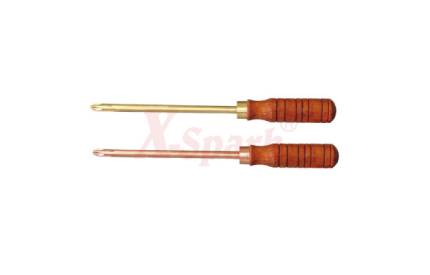The operator should be sure and strictly abide by the safety rules to prevent injury. General safety rules include: planning the work to be done in advance, selecting the appropriate tool, collecting the required tools and materials before starting work, and reading the tool manual before using the tool. Before using the tool, it is necessary to predict the possible dangers and eliminate them once confirmed. When using the tool, you should pay attention to concentration and take a break when you are tired or in a bad mood. Wear or use personal protective equipment when necessary, and pay attention to the correct use and maintenance of protective equipment.
Safe use of a hammer
The general head is a commonly used percussion tool. It is a little careless in use and can easily damage your fingers. Pay attention to a few points when using these tools; First, pay attention to concentration when doing homework: Second, choose the right hammer. Claw Hammer is used to beating "soft iron nails". At first, you need to beat lightly, and then evacuate your hand from the hitting area to beat hard. Claw hammer is not suitable for thumping
metal. The ring head hammer can be used together with chisels and chisels to beat cement nails and flatten soft metals; the third is equipped with protective equipment. In order to reduce the damage to the eyes and hands of the users during the operation, it is necessary to wear goggles, masks, and protective gloves.

Explosion Screwdriver
Safe use of wrenches and screwdrivers
Explosion wrench, explosion screwdriver, and vice are often used together to cause "slip" problems. In order to prevent this problem, the blade of the screwdriver should be selected properly, and the vise should ensure the appropriate degree of tightness. Before adding force to the wrench, the cutting tool is the most dangerous hand tool, so be very careful during use. Strictly follow the rules for safe use of cutting tools. Before cutting, keep the blade in good condition on the cutting tool: correctly install the blade and ensure its sharpness, the blade may be slippery if it is too blunt; use a "retractable" blade to ensure its safety and keep the blade always exposed to the minimum; before cutting When the cutting tool runs away from the body; the cutting tool should be transported properly. If you must carry the cutting tool with you, you should wear the sheath close to the waist belt to prevent cuts. After cutting, you should promptly withdraw or remove the blade storage.
Material is also dangerous
The materials used are often as sharp as the blades of cutting tools. For example, the "trimmed" wire has sharp edges, which can see through thick materials and human skin. The metal parts after cutting with vise also have sharp edges, and these sharp edges can easily scratch the skin. When using hand tools, other materials used are also dangerous. For example, when the “crimping” of plastic or metal is cut off, the plastic or metal may suddenly break, possibly puncturing the skin. These hazards make personal protective equipment particularly important. Whenever possible, wear gloves made of wire. When using hand tools and power tools, it is necessary to use eye protection products, especially to prevent small "waste" that may be generated. Like metal silk or sawdust.